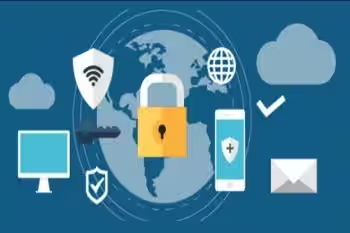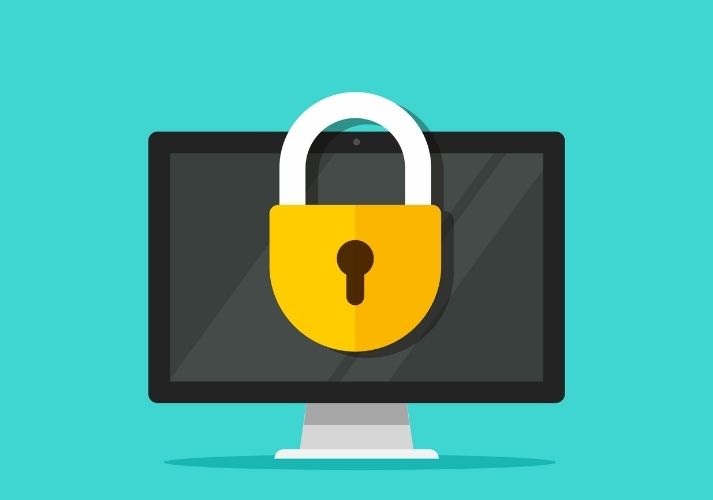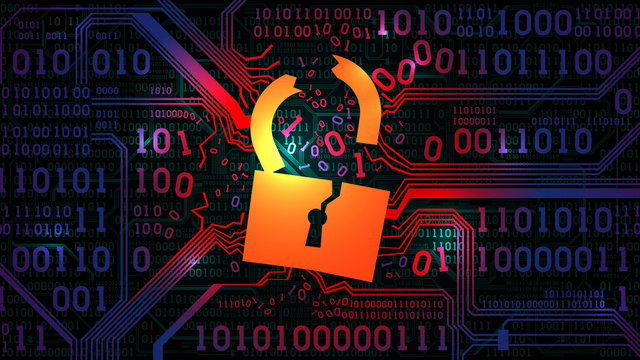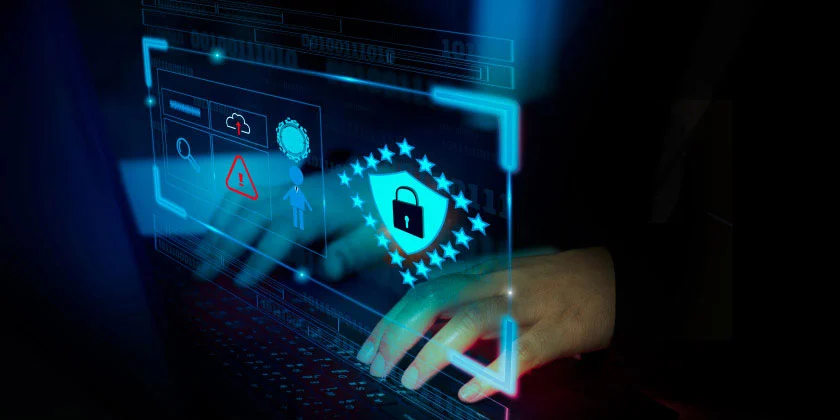Network VAPT Services
History Of VAPT (Penetration Testing)
The history of VAPT (Vulnerability Assessment and Penetration Testing) traces back to the early days of computing when the internet was in its infancy. Let's delve into the evolution of VAPT and its journey through significant milestones:
1. Early Network Security Concerns (1960s-1970s ):
The origins of VAPT can be traced back to the early days of computer networking in the 1960s and 1970s. As organizations began to connect their systems to the internet, concerns about network security emerged. However, security measures were rudimentary, and the focus was primarily on basic access control and user authentication.
2. First Ethical Hacking (1970s-1980s):
The term "hacker" originally referred to skilled computer enthusiasts who explored and experimented with computer systems. In the 1970s and 1980s, the concept of "ethical hacking" emerged, with individuals like the "Homebrew Computer Club" members exploring vulnerabilities in computer systems to improve security. This laid the foundation for modern penetration testing practices.
3. Growth of Cybersecurity Industry (1990s):
The 1990s saw the rapid growth of the cybersecurity industry, fueled by the increasing connectivity of networks and the emergence of cyber threats. Organizations began to recognize the importance of proactive security measures, leading to the development of VAPT services by specialized cybersecurity firms.
4. First VAPT Tools (1990s-2000s):
During the late 1990s and early 2000s, the first VAPT tools and frameworks emerged, enabling cybersecurity professionals to automate vulnerability scanning and penetration testing processes. Tools like Nessus, Nmap, and Metasploit became popular among security practitioners for identifying and exploiting security vulnerabilities.
5. Regulatory Mandates (2000s-2010s):
The early 2000s witnessed the introduction of regulatory mandates and industry standards requiring organizations to conduct regular security assessments, including VAPT. Regulations such as the Payment Card Industry Data Security Standard (PCI DSS) and the Health Insurance Portability and Accountability Act (HIPAA) mandated VAPT assessments to protect sensitive data and ensure regulatory compliance.
6. Integration with DevOps (2010s-Present):
In recent years, VAPT has become an integral part of DevOps practices, with organizations integrating security testing into the software development lifecycle. DevSecOps emerged as a paradigm shift, emphasizing the importance of incorporating security principles and practices throughout the development process to build secure and resilient applications.
7. Evolution of Advanced Threats (Present):
oday, VAPT continues to evolve in response to the ever-changing threat landscape, characterized by sophisticated cyber attacks, advanced persistent threats (APTs), and nation-state-sponsored attacks. Organizations are investing in advanced VAPT services and threat intelligence capabilities to detect and mitigate emerging threats effectively.
The history of VAPT reflects the evolution of cybersecurity practices from basic access control measures to sophisticated penetration testing techniques. As cyber threats continue to evolve, VAPT remains a critical component of modern cybersecurity strategies, helping organizations identify and mitigate vulnerabilities to protect their digital assets and sensitive information effectively.








